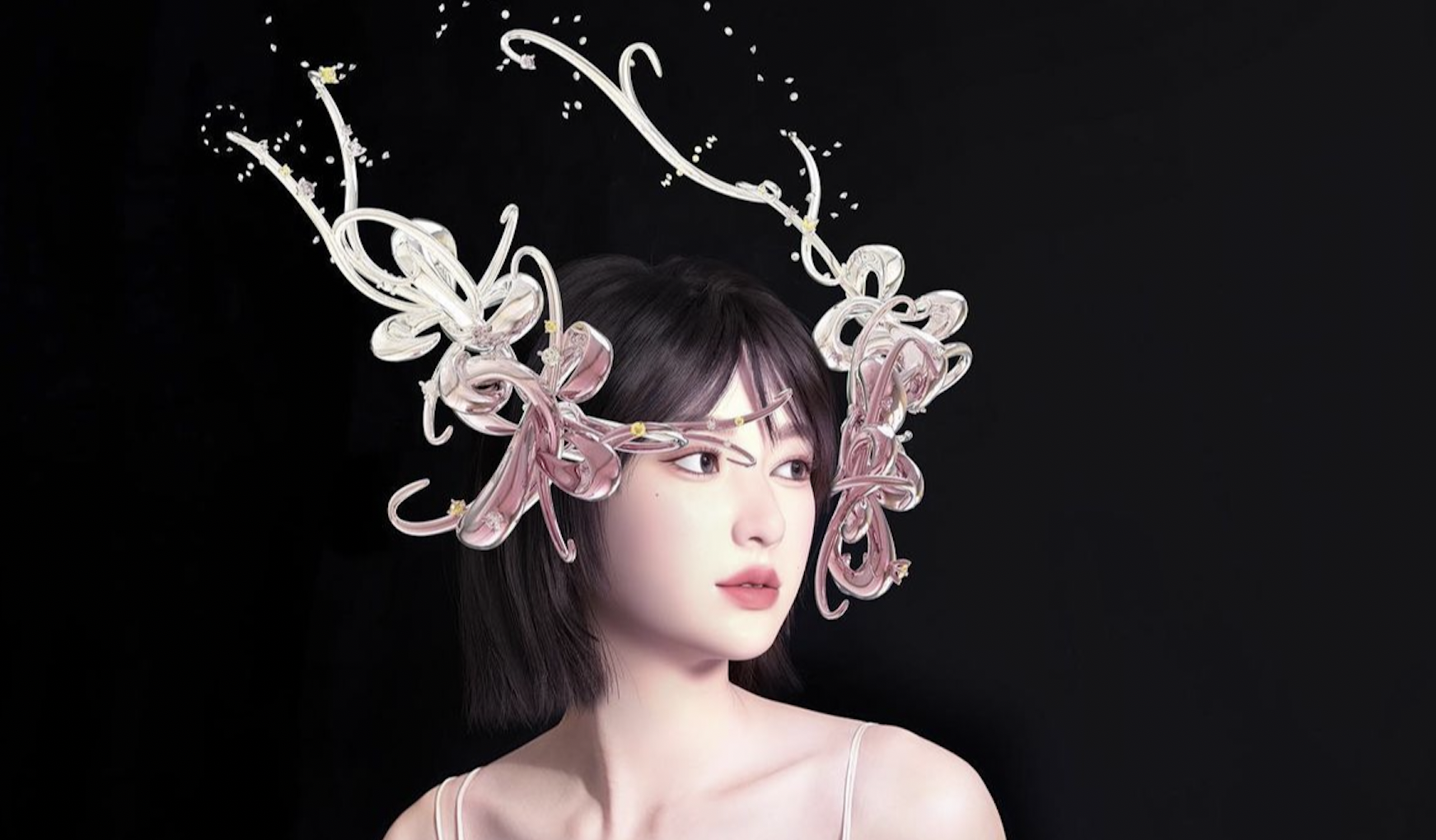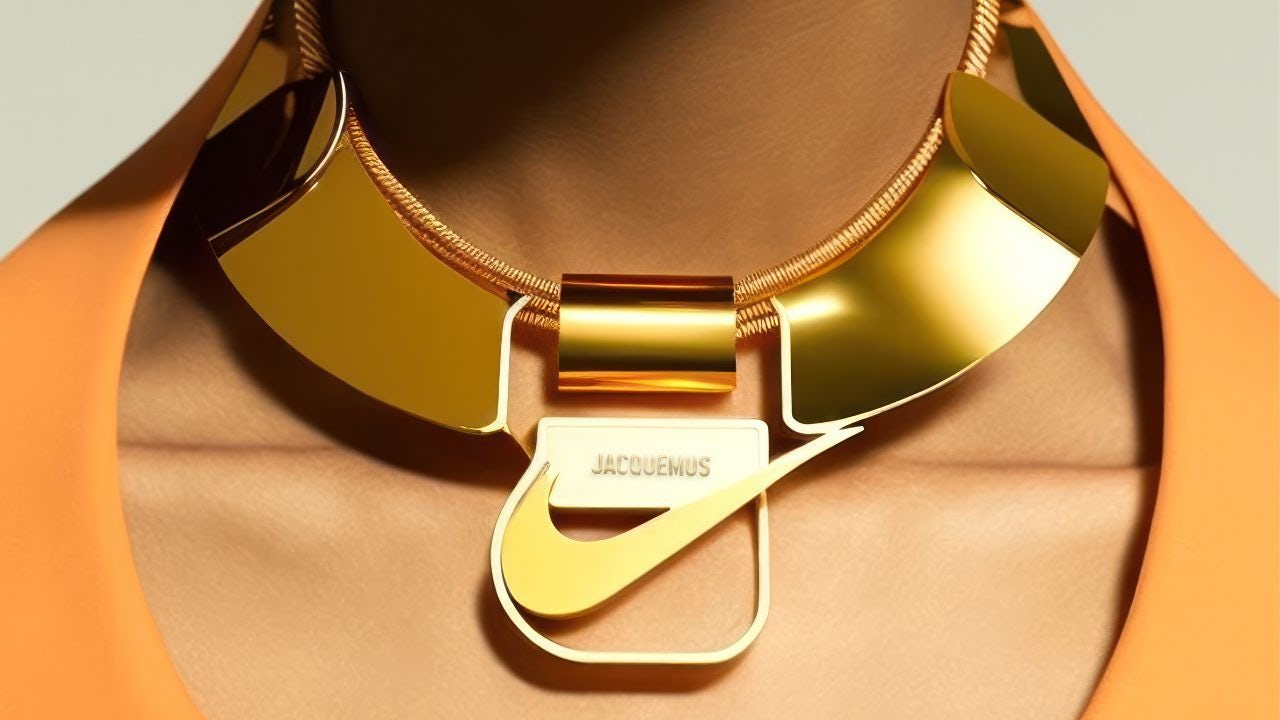With the physical jewelry market’s revenue forecast to hit 292 billion by 2025, its rising virtual counterpart is in good company. Following a worldwide pandemic and Zoom’s entry into the public consciousness — plus social media’s filter frenzy — the digital jewels trend has accelerated over the past few years, propelling the market to the forefront of fashion’s new wave with outfits such as Dress X, Alterrage, Jevels, Formless, and even traditional hard luxury labels Tiffany and Bulgari jumping onboard.
From the opulent to the absurd, virtually-rendered accessories aren’t new per se. Snapchat released its first filters in 2015, while Instagram’s introduction of augmented reality (AR) try-ons in 2018 has supercharged offline retail sales. But as technological advancements like the metaverse near mass adoption, the market has both matured and democratized.
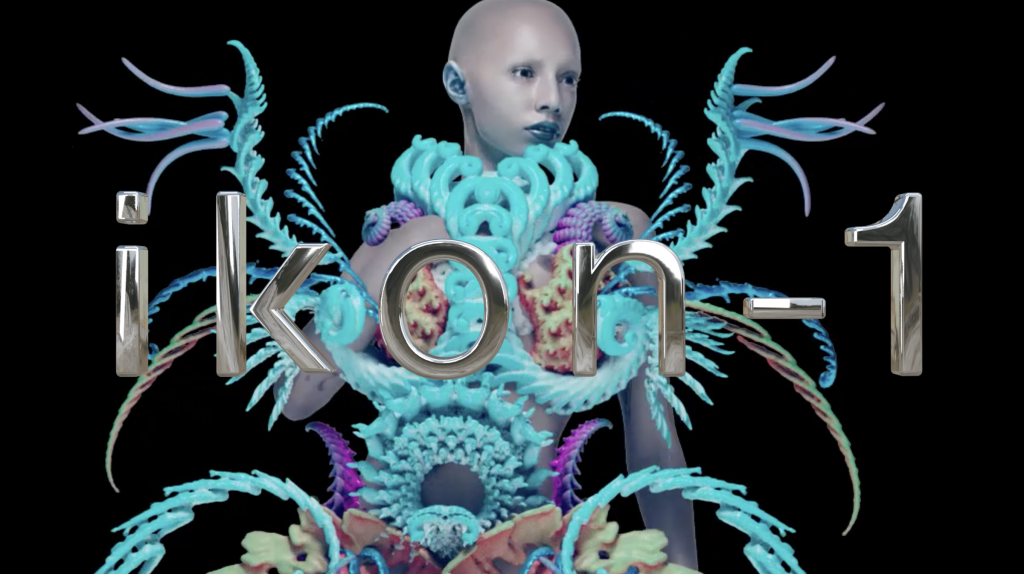
“When we mention the prospect of jewelry or eyewear, 90 percent of the industry professionals already have their model. So, it's actually very easy for them to transfer into the digital markets as they have the ability – they just don't know how to use it,” Linxi Zhu, co-founder of virtual accessories marketplace Formless explains. “For us, we introduce them to an AR system that people can easily access. The technology for the full body might not be there yet but, for the face, it's definitely enough for people to have fun and enjoy the creations.”
Initially a design house created by Zhu and Panny Yu, Formless has since gone on to support myriad virtual creatives across the globe, as well as extend its ambitions into offline exhibitions (such as its current Second Life Jewellery showcase in Shenzhen) and collaborate with Samsung and Web3 design studio GN3RA. The brand also recently worked alongside renowned fashion photographer Nick Knight on his first-ever non-fungible token (NFT) drop, ikon-1.
Enduring change#
The adoption of the work-from-home model during COVID-19 forced legions of fashion consumers to rethink the act of ‘dressing up’, resulting in a shift that saw retailers adapt their strategies from tangible clothing to digitized solutions. Even after a return to some form of normality, the trend has persisted.
“Virtual jewelry will continue to be a growing fashion category for consumers due to the remote work lifestyle,” Marie Kim, founder of Web3 gem label Kaveras says.
Unlike Formless, Kaveras uses Web3 technology to optimize its physical pieces. The company specializes in incorporating blockchain features into its models as a way of bolstering the offline experience it provides for its clientele. Coined as a “boundary-breaking luxury brand”, its genesis products — which are yet to launch — include necklaces and brooches to be sold as NFTs, then produced as physical pieces as requested.
“Virtual jewelry will continue to be a growing fashion category for consumers due to the remote work lifestyle," Kim adds.
New force of creatives#
Startups like the above are part of a new wave of artists advancing digital jewelry. Industry leaders are already emerging. Digital fashion lab Xtended Identity was one of the first to utilize Web3’s potential for product innovation to forge virtually-rendered materials for jewelry.
Visitors can choose via Xtended’s dedicated marketplace to either own or rent one of the label’s otherworldly creations, which range from butterfly-inspired veils to cascading flame headpieces. The designs’ left-field aesthetic would make them almost unwearable in everyday life. But in the metaverse, anything is possible.
“The best use case for digital fashion has been and still is wearable AR jewelry filters. The pandemic has forced us to take on this digital format of work and communication and it's a massive opportunity to tap into,” Lauren Kacher, founder of the first decentralized autonomous organization-led, Web3 phygital-fashion label Alterrage says. Alterrage previously launched its own collection of AR NFT earrings in collaboration with metaverse accessories house Jevels, which aimed to raise awareness of electronic waste.
These up-and-coming pioneers are establishing widespread communities of enthusiasts.
“Our marketplace is the first thing we need so that we can build the ecosystem and create a healthy and sustainable environment for more creators to join in,” Zhu says.
Today, Formless’ platform hosts around 40 eclectic creators, who offer products like eyewear and complete 3D makeup looks.
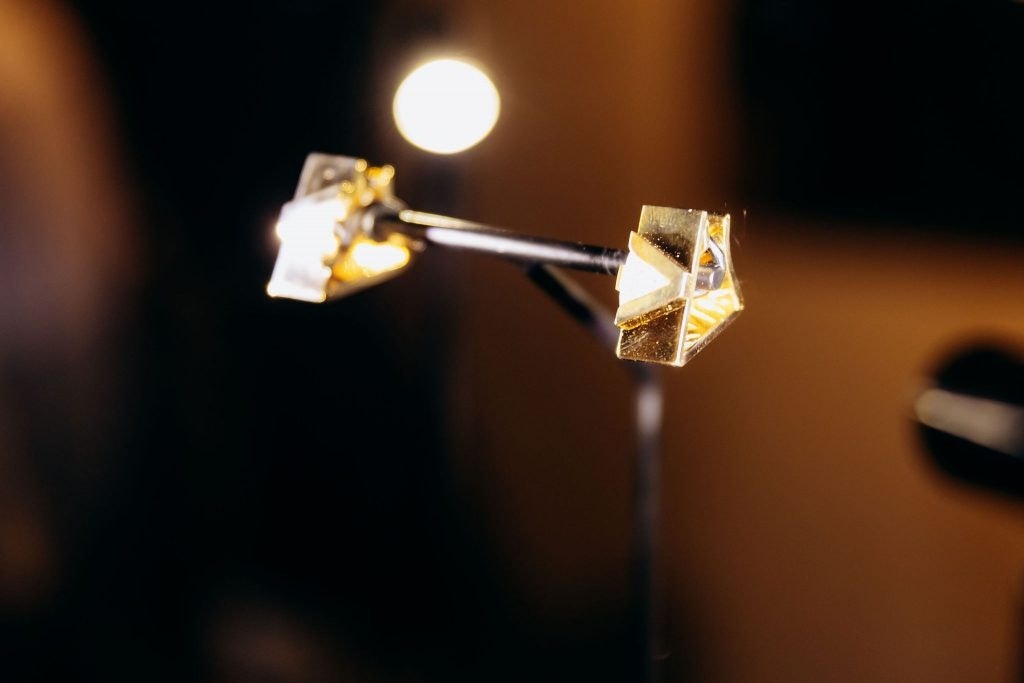
How blockchain tech is helping physical jewelry brands
In new spaces like this, demand is hard to measure. This means brands are hesitant to fully commit to the market. Many are considering how Web3 tech could resolve their existing challenges, rather than dive headfirst into new and ambitious projects.
Kaveras is a prime example. “While we are enriching the digital experiences to include digital wearables, NFTs and virtual events, it is important to establish a link between the physical and the digital,” Vivien Zhang, CEO of The Spot Room (the company behind the technology for Kaveras) says.
“There is no better way to ensure that permanent link than using [an NFC chip] in the physical product, especially when it also adds the assurance of authenticity and ownership.” Each of the gemstone label’s pieces are embedded with a near-field communication (NFC) chip, and include a QR code that provides access to the NFT and authentication certificates — enabling owners to trace the origin of their pieces.
New York-based jewelry artist Hannah Jewett is one of the new generation of gemstone creatives taking over the industry. Straddling the line between the online and offline with her amorphous silhouettes, the designer often incorporates artificial intelligence into her work — a move that makes it hard to determine what’s real and what’s not, which is half of the appeal in itself.
“I gravitate toward AI because it can offer new variations, patterns and styles that designers wouldn’t necessarily think of themselves,” she says. “It almost acts like a creative partner that gives a fresh perspective and pushes you to be more experimental.”
Jewett’s off-the-bat approach is prompting enthusiasts to see beyond jewelry as a commodity, and view it more as work of limitless possibilities. Her work has resonated with industry favorites Billie Eilish, Bella Hadid and virtual influencer Lil Miquela.
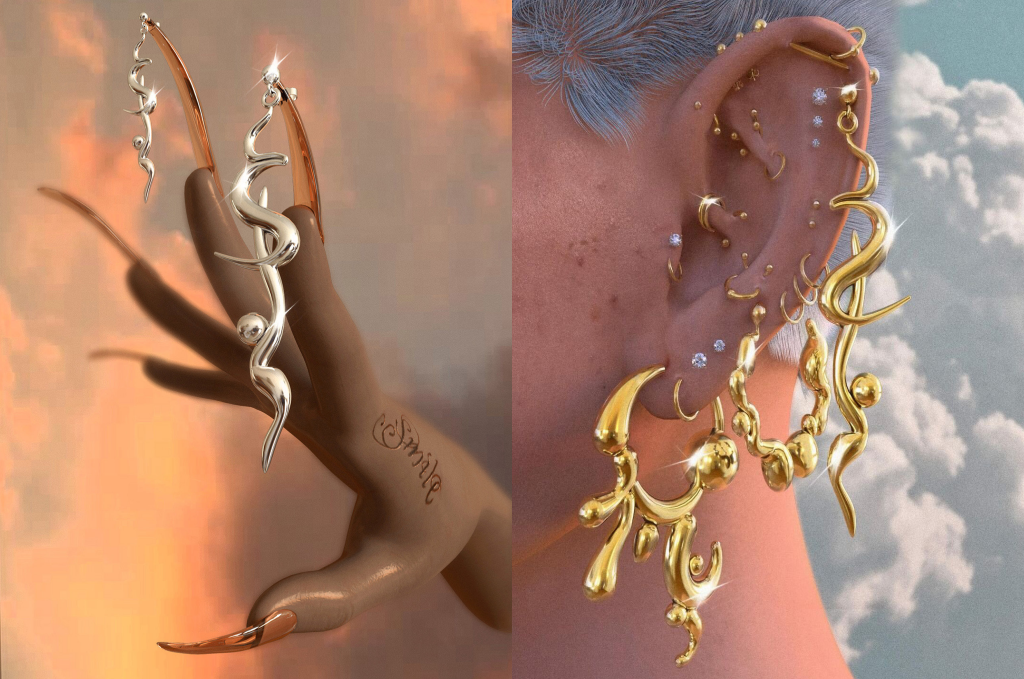
Big luxury tapping digital jewelry’s rise#
It isn’t only startups recognizing digital jewely’s potential. The segment has attracted the attention of the luxury market, too. In July, 2022, Italian house Bvlgari launched an NFT series that took its famed stones to the metaverse. The gems weren’t wearable (each token was created as a piece of artwork), but the venture did place the concept of virtualized jewels in mainstream luxury’s spotlight.
Fine jewelry-eyewear label Francis de Lara, which uses Gemfields gemstones, introduced its avant-garde silhouettes to the metaverse last year in partnership with Brand New Vision. As part of the brand’s continued evolution, the collaboration aimed to embrace the past and present by diving into Web3.
“We focused on hyper-realism for the design itself, as is necessary and consummate with such high-value and detailed pieces of art. But we also offered a filter, for social sharing, and a wearable version for metaverse use,” says BNV founder Richard Hobbs.
“They are also digital versions (digital twins) of the brand's iconic one-of-a-kind haute couture jewelry-eyewear piece, which sells for £19,800 (24,405),” he explains. The digital counterparts sold for 0.25 ETH (around 1,500) each — a considerably lower price point than their physical versions. Though still an investment, the assets are a more accessible option for those who want to own a piece of De Lara’s artwork, but can’t afford the price tag.
Producing well-crafted jewelry is a task in itself. But unlike in the purely offline world, digital artists also face the challenge of creating something that can be manipulated on a screen. The designs also need to be inclusive, covering all shapes and sizes — another hurdle when it comes to ticking the box of realism.
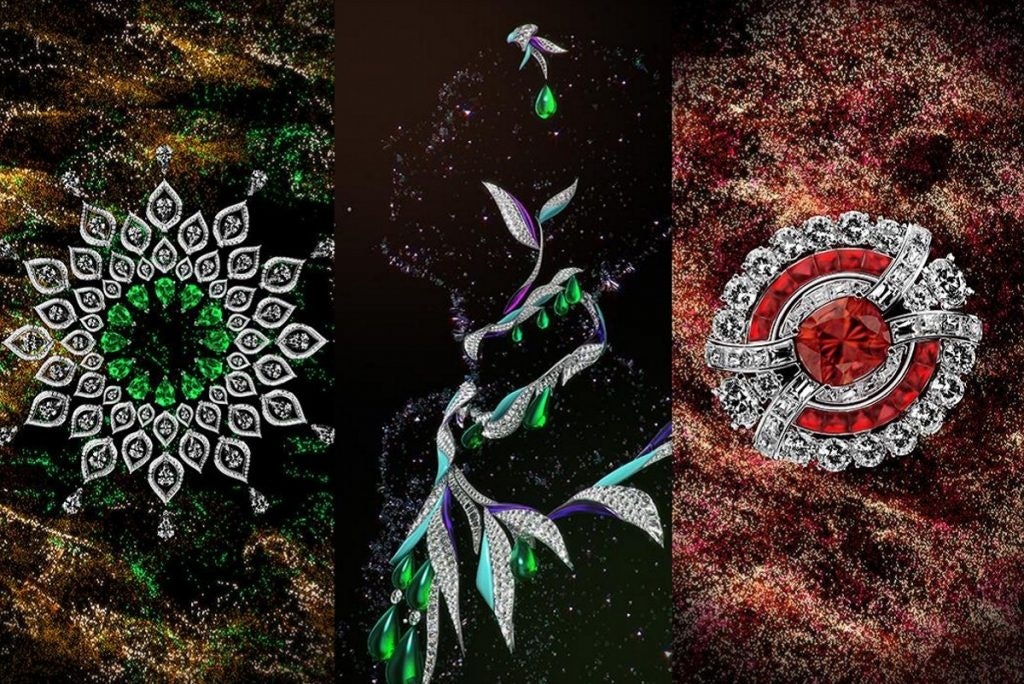
Limitless potential#
Though challenges remain, Web3’s near-boundless capabilities are ushering in a new era of jewelry design. And it’s only just the beginning.
“The [jewelry] industry is expected to see a significant increase in technology usage as it continues to develop. Advances in 3D printing, virtual and augmented reality, and blockchain technology will all play a key role in transforming the way jewelry is designed, produced, and purchased,” Kim adds.
Given these rapid developments, what can consumers expect to see in the market in 2023?
Jewett believes more designers will gravitate towards combining new technology and existing traditions. “As tech becomes increasingly integrated into our daily lives, design will always act as a mirror to reflect the world around us,” she says.
Kacher predicts that more brands will explore integrating everyday fashion and tech.
“We can expect to see more fashion focused vs. full fantasy AR filters emerging, that are both wearable and tap into the benefits of a fully digital design, like interactiveness and subtle animations,” she says.
As the space matures, creatives across the virtual spectrum are pushing the industry into new frontiers, tackling issues such as sustainability, counterfeits, and the monopolization of fashion along the way.
